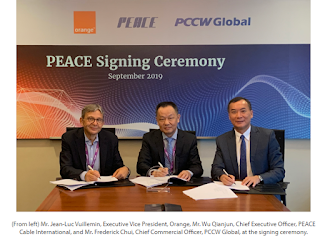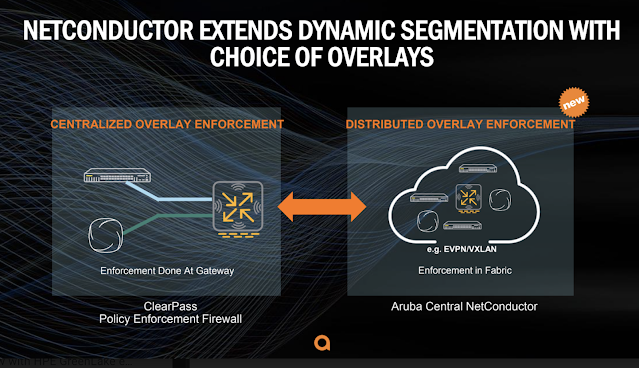At Ericsson’s 2022 Annual General Meeting, shareholders representing at least one tenth of all of the shares in Ericsson voted against discharge from liability of the Board of Directors and the President for the financial year 2021.
Speaking after the general meeting, Ericsson’s Chief Executive Officer, Börje Ekholm said: “I understand the concerns raised by our shareholders and these are important matters. I want to state my commitment to continuing to lead Ericsson in the transformation of our company and its culture, executing on global 5G technology leadership, and strengthening our ethics and compliance performance to ensure lasting change.”
Ronnie Leten, Chair of Ericsson’s Board of Directors added: “Börje and the Executive Team have the full support of the Board. We have made good progress but there is much still to do. Conducting business responsibly and with integrity is essential to driving real and positive change. During five years at the helm, Börje has led the focus on ethics and compliance and executed the performance turnaround of Ericsson. He has made the company a leader in 5G globally and established a course for growing in wireless enterprise.”
An internal investigation at Ericsson has found unusual expense claims in Iraq, dating back to 2018 with evidence of corruption-related misconduct.
Regarding the situation, Ericsson issued this statement (in part):
"The investigation included the conduct of Ericsson employees, vendors and suppliers in Iraq during the period 2011-2019. It found serious breaches of compliance rules and the Code of Business Ethics. It identified evidence of corruption-related misconduct, including: Making a monetary donation without a clear beneficiary; paying a supplier for work without a defined scope and documentation; using suppliers to make cash payments; funding inappropriate travel and expenses; and improper use of sales agents and consultants. In addition, it found violations of Ericsson’s internal financial controls; conflicts of interest; non-compliance with tax laws; and obstruction of the investigation."
"The investigating team also identified payments to intermediaries and the use of alternate transport routes in connection with circumventing Iraqi Customs, at a time when terrorist organizations, including ISIS, controlled some transport routes. Investigators could not determine the ultimate recipients of these payments. Payment schemes and cash transactions that potentially created the risk of money laundering were also identified. "
"Ericsson invested significant time and resources to understand these matters. The investigation could not identify that any Ericsson employee was directly involved in financing terrorist organizations."
In an interview with a Swedish newspaper cited by Bloomberg, Ericsson CEO Borje Ekholm said the unusual payments may have been bribes to ISIS to secure contracts or operations in Iraq.
Ericsson said its has dismissed several employees, terminated a number of third-party relationships, and is working with external counsel to review other remediation measures,
https://www.ericsson.com/en/press-releases/2022/2/update-iraq-media-inquiries

Ericsson reached a settlement with the U.S. Department of Justice (DOJ) to resolve criminal charges related to accounting violations in five countries, including in Djibouti where there is also a charge of bribery. Under the agreement, Ericsson will pay a fine of US$520,650,432. Ericsson's Egyptian subsidiary has entered a guilty plea to the bribery charge in Djibouti. Ericsson will resolve civil charges brought by the Securities and Exchange...












































